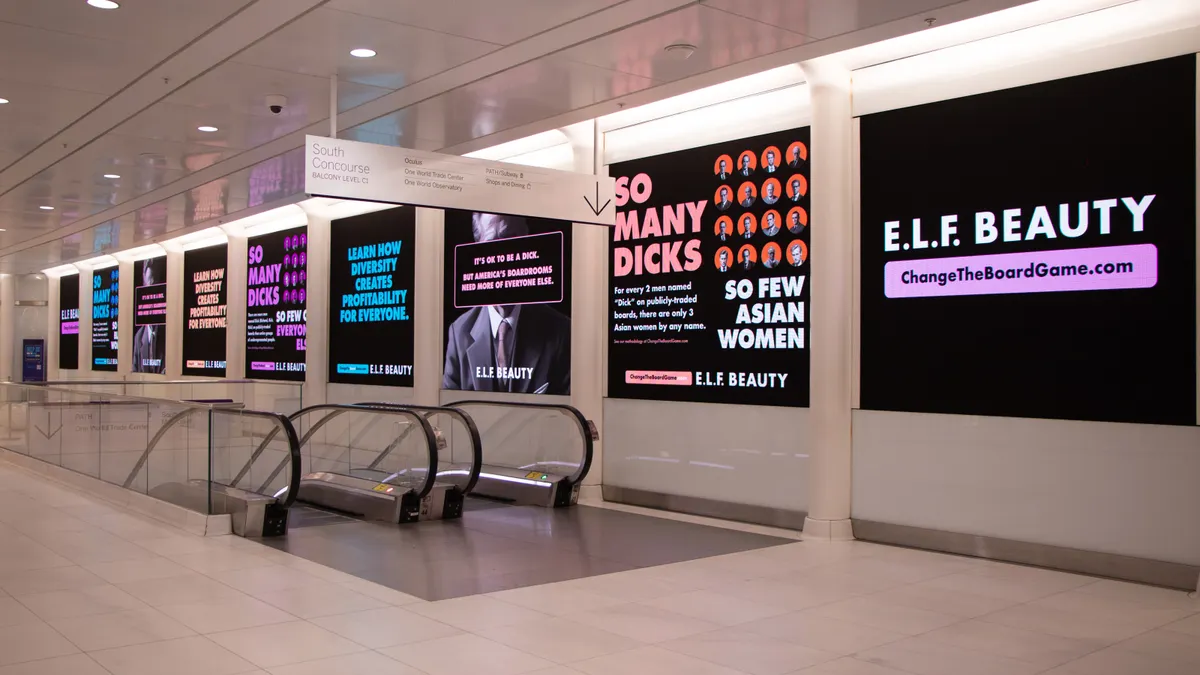Brief:
-
Local advertising revenue on mobile platforms will reach $19 billion next year, making mobile media the third-most popular behind direct mail ($38.5 billion) and local TV ($20.8 billion), per a forecast by researcher BIA/Kelsey. Mobile’s share is predicted to grow from 12.6% of local ad spending next year to 19.2% by 2022.
-
Mobile local advertising tactics — such as geo-fencing, click-to-call and click-to-map — will become more popular among national brands that are putting money into increasingly available and “currently undervalued” mobile local ad inventory, BIA/Kelsey said.
-
Within the local TV video segment, revenue growth will come from local mobile video (growing to more than $1 billion) and local online video (increasing to more than $2 billion). Total local advertising revenue in the U.S. will grow 5.2% to $151.2 billion in 2018 from a year earlier. BIA/Kelsey defines local advertising as all ad platforms that provide access to local audiences for national, regional and local marketers.
Insight:
Local advertising will show strong growth next year, especially with hotly contested midterm elections in key battleground states in the fall. While local TV blankets specific DMAs and direct mail can target audiences by ZIP code and street names, mobile media has the power to engage people in real time based on their location and through social media apps. Indeed, BIA/Kelsey forecasts that mobile’s share of total social ad spending will grow from 71% this year to 80% by 2022 as user activity shifts away from desktop computers.
Facebook and Google’s ability to target users by audience criteria such as location will help the companies maintain their grip on digital advertising. Google and Facebook accounted for 96% of growth in global digital ad spending this year, Zenith estimated. Global digital advertising will grow between 11.5% and 13% in 2018 and account for half of global ad dollars by 2020, according to forecasts by GroupM, Zenith and Magna.
Automotive is the biggest category, accounting for about 11% of total spending on local ads, BIA/Kelsey said in a September report. That dominance may explain why Facebook last month made a bigger push to appeal to auto dealers. The social network introduced dynamic ads for the automotive industry, along with updates to lead ads to help identify prospective car buyers, per a blog post. The dynamic ads let carmakers and dealers upload their vehicle catalogs with details such as make, model and year — and then automatically reach a target audience.











